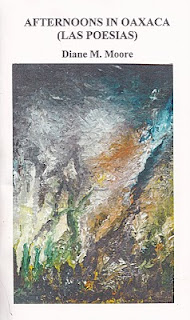The Sewanee Music Festival is a summer event that provides a program for advanced music students and a professional concert series. The Festival, over fifty years old, offers a training program that focuses on performance experience. Yesterday’s Sunday afternoon program included the Philharmonia Orchestra and the Sewanee Symphony, and I was amazed at the brilliant performances of some very young, gifted students.
In a departure from traditional renditions, the Sewanee Symphony surprised the audience with one of Gyorgy Ligeti’s compositions entitled “Atmospheres,” which some readers will recognize as the background music of “2001: A Space Odyssey,” and “The Shining” movies. Now, I am a fan of Phillip Glass who is a modernist, but I wasn’t prepared for the sounds of a composition that focus on texture and tone, rather than melody, harmony, and rhythm. The music reminded me of Bartok, and I’ve read that in his youth, Ligeti admired this composer. The instrumental sounds at the beginning of the piece hit my amateur musician’s ear like a blast of tuning up noise, and I glimpsed a cello player on the front row grinning broadly at the surprised looks of music aficianados in the audience.
The images that came up for me when I heard the opening sounds, known as “tone clusters,” were those of the bazaar in Iran where I lived in the 70’s. In my first book, IRAN: IN A PERSIAN MARKET
Ligeti was born, a Hungarian Jew, in Transylvania, Romania and later became an Austrian citizen. His family suffered during the Holocaust, and his father died in Auschwitz where both parents had been sent. Ligeti lived in terror for awhile, fleeing to Switzerland in 1947, then returned to Hungary until 1956. After “Atmospheres” and “Appartitions” were performed in 1961, he became famous worldwide. His repertoire, varied and controversial, is defined as “micropolyphony,” and in his old age he commented that he was bold enough to say that he had already found a new style. In his late years, Ligeti composed a unique opera entitled “Le Grand Macabre.”
I look forward to the next concert at which I'm to sell tickets, but doubt if I’ll hear sounds equal to that of this gifted modernist. And I wonder what kind of poetry I’ll hear at the Sewanee Writers Conference?!



















